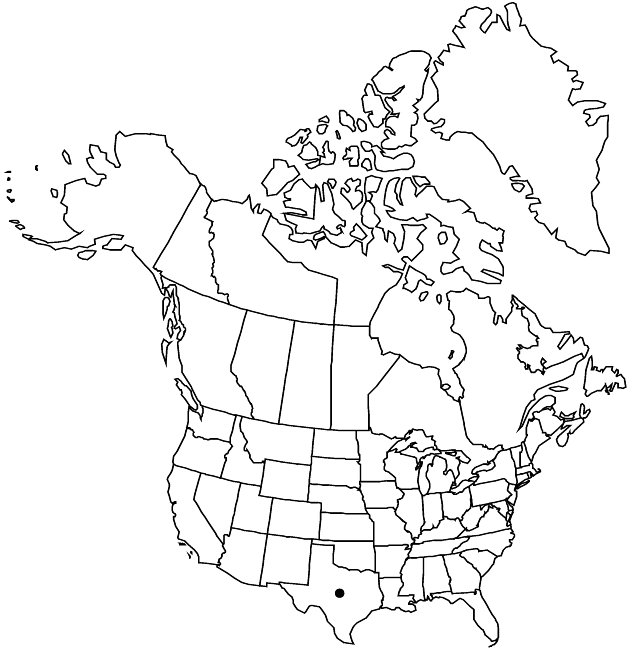Difference between revisions of "Parthenium argentatum"
in W. H. Emory, Rep. U.S. Mex. Bound. 2(1): 86. 1859.
imported>Volume Importer |
imported>Volume Importer |
||
| Line 1: | Line 1: | ||
{{Treatment/ID | {{Treatment/ID | ||
|accepted_name=Parthenium argentatum | |accepted_name=Parthenium argentatum | ||
| − | |accepted_authority=A. Gray | + | |accepted_authority=A. Gray |
|publications={{Treatment/Publication | |publications={{Treatment/Publication | ||
|title=in W. H. Emory, Rep. U.S. Mex. Bound. | |title=in W. H. Emory, Rep. U.S. Mex. Bound. | ||
| Line 33: | Line 33: | ||
-->{{#Taxon: | -->{{#Taxon: | ||
name=Parthenium argentatum | name=Parthenium argentatum | ||
| − | |authority=A. Gray | + | |authority=A. Gray |
|rank=species | |rank=species | ||
|parent rank=genus | |parent rank=genus | ||
| Line 47: | Line 47: | ||
|publication year=1859 | |publication year=1859 | ||
|special status= | |special status= | ||
| − | |source xml=https:// | + | |source xml=https://bitbucket.org/aafc-mbb/fna-data-curation/src/2e0870ddd59836b60bcf96646a41e87ea5a5943a/coarse_grained_fna_xml/V19-20-21/V21_33.xml |
|tribe=Asteraceae tribe Heliantheae | |tribe=Asteraceae tribe Heliantheae | ||
|subtribe=Asteraceae (tribe Heliantheae) subtribe Ambrosiinae | |subtribe=Asteraceae (tribe Heliantheae) subtribe Ambrosiinae | ||
Latest revision as of 20:11, 5 November 2020
Shrubs, 30–100+ cm. Leaf blades lanceolate to oblanceolate, 15–25(–40+) × 6–15(–25+) mm, margins mostly entire, some with 1–2(–5) sharp teeth, faces densely strigillose (gray to white) and obscurely or not at all gland-dotted. Heads radiate, in glomerules of 3–5+ at ends of ± ebracteate stalks 8–15(–20+) cm. Peduncles 1–2(–6+) mm. Phyllaries: outer 5 oval-elliptic, 2.5–3+ mm, inner 5 ± orbiculate, 3.5–4 mm. Pistillate florets 5; corolla laminae ovate, 1.2–1.5 mm. Disc florets 20–30+. Cypselae ± obovoid, 2.5–3 mm; pappus-like enations 2(–4), erect to spreading, ± subulate, 0.3–0.8 mm. 2n = 36.
Phenology: Flowering Apr–Jun.
Habitat: Calcareous soils
Elevation: 1000–1500 m
Discussion
Guayule has sometimes been used for commercial production of natural rubber. Hybrids between Parthenium argentatum and P. incanum have been noted.
Selected References
None.
